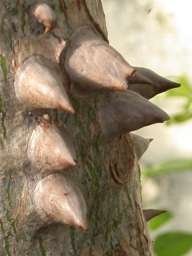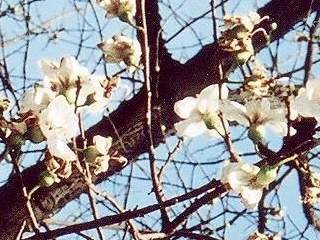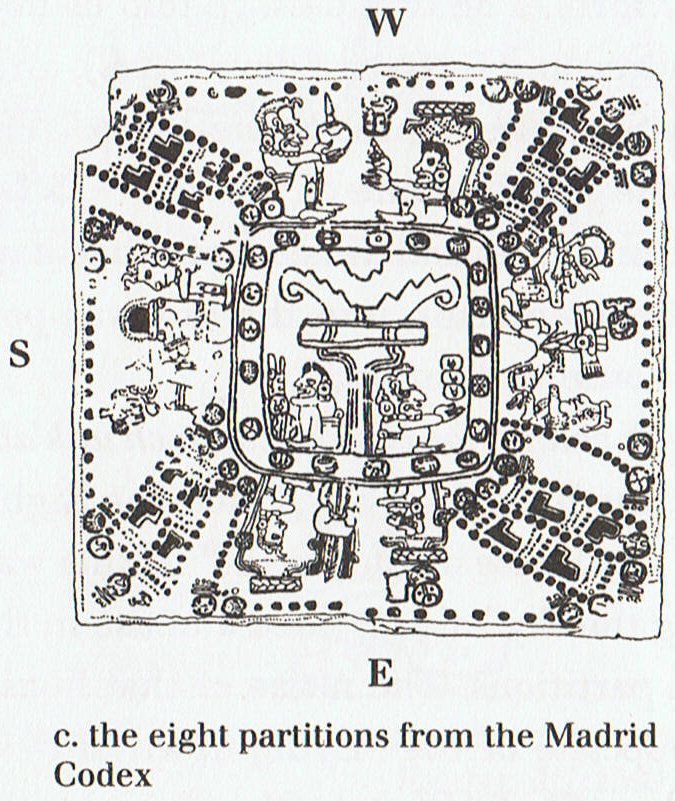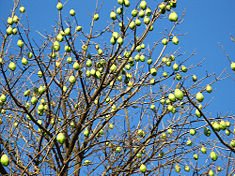|
TRANSLATIONS
The other link, 'turtle', leads to a series of pages I thought were necessary in order to be able to put the concept of a calendrical turtle into its proper perspective:
Maya cosmology
(ref. Maya Cosmos) defined the present Creation to have occurred
on August 13, 3114 B.C.:
"In three magnificent
texts at the site of Koba, scribes recorded it as one of the
largest finite numbers we humans have ever written. According to
these inscriptions, our world was created on the day 4 Ahaw
8 Kumk'u. On this day all the cycles of the Maya calendar
above twenty years were set at thirteen - that is to say, the
cycles of 400 years, 8,000 years, 160,000 years, 32,000,000
years, and so on, all the way up to a cycle number extending to
twenty places (2021 * 1360-day year). In our
calendar, this day fell on August 13, B.C. 3114 (or September
20, -3113 in the Julian calendar).
To understand what this
means, we need a little scale. The thirteens in this huge number
act like the twelve in our cycles - the next hour after twelve
is one. Thirteen changed to one as each of these cycles in the
Maya calendar was completed, therefore, we have the following
sequence:
|
13. |
13. |
13. |
0. |
0. |
0. |
1. |
5 Imix |
9 Kumk'u |
(Aug. 14, 3114
B.C.) |
|
13. |
13. |
13. |
0. |
0. |
1. |
0. |
11 Ahaw |
3 Pop |
(Sept. 2, 3114
B.C.) |
|
13. |
13. |
13. |
0. |
1. |
0. |
0. |
13 Ahaw |
3 Kumk'u |
(Aug.7, 3113
B.C.) |
|
13. |
13. |
13. |
1. |
0. |
0. |
0. |
2 Ahaw |
8 Mak |
(May 1, 3094
B.C.) |
|
13. |
13. |
1. |
0. |
0. |
0. |
0. |
3 Ahaw |
13 Ch'en |
(Nov. 15, 2720
B.C.) |
|
13. |
13. |
13. |
0. |
0. |
0. |
0. |
4 Ahaw |
3 K'ank'in |
(Dec. 23, A.D.
2012) |
|
13. |
1. |
0. |
0. |
0. |
0. |
0. |
10 Ahaw |
13 Yaxk'in |
(Oct. 15, A.D.
4772) |
|
1. |
0. |
0. |
0. |
0. |
0. |
0. |
7 Ahaw |
3 Zotz' |
(Nov. 22, A.D.
154587) |
Each of the years, called
a tun by the Maya, in these dates is composed of 360
days. If we return to the Creation date with its twenty cycles
set at thirteen, we see that it will take
41,943,040,000,000,000, 000,000,000,000 tuns for the highest
cycle to change from thirteen to one."
|
"On the Tablet of the
Cross, the Palenque account begins with the birth of First
Mother six years before the Creation on 12.19.13.4.0 8 Ahaw
18 Tz'ek (December 7, 3121 B.C.) and five hundred and forty
days earlier, the birth of First Father, Hun-Nal-Ye, on
12.19.11.13.0 1 Ahaw 8 Muwan (June 16, 3122 B.C.).
His birth is connected to
the Creation day, 4 Ahaw 8 Kumk'u (August 13, 3114 B.C.),
when, according to the inscriptions, thirteen cycles ended. The
text mentions an action that First Father accomplished on
Creation day, but we haven't been able to decipher what it was. However, in the next
clause, the Palenque scribes repeated Creation again and
described it as 'it was made visible, the image at
Lying-down-Sky, the First-Three-Stone-Place'.
Then we learned that five
hundred and forty-two days later (1.9.2 in the Maya system,
Hun-Nal-Ye 'entered or became the sky' (och ta chan).
This 'entering' event occurred on February 5, 3112 B.C. The act of 'entering the
sky' is recorded on another extraordinary painted pot.
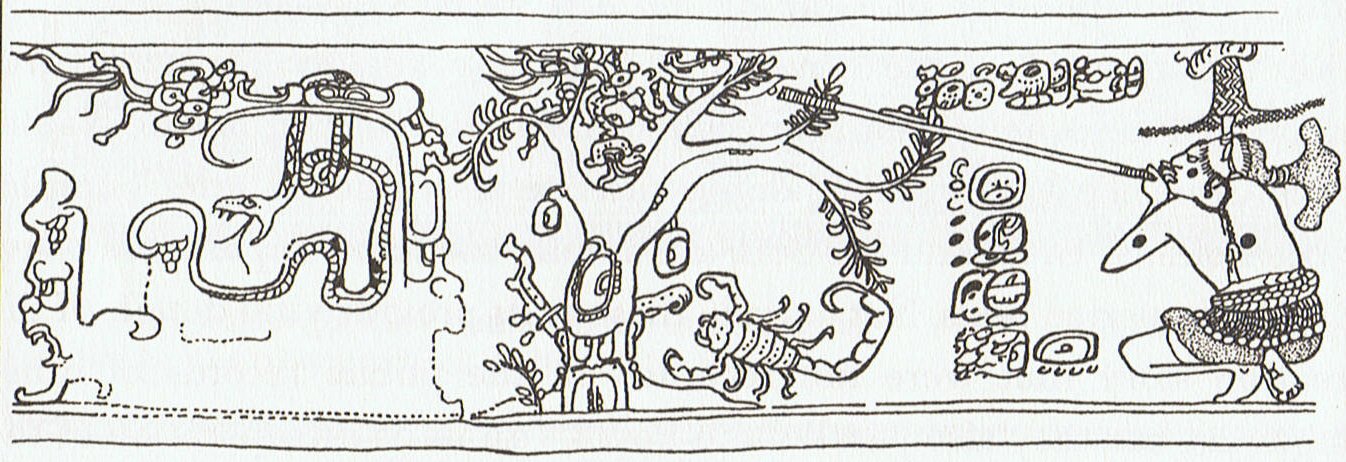
This pot depicts one of
the Hero Twins (One-Ahaw in the Classic texts and One-Hunaphu in
the K'iche' Popol Vuh) and a great bird who is trying to
land in a huge ceiba tree heavy with fruit. This mythical bird
is Itzam-Yeh, Classic prototype of Wuqub-Kaqix,
'Seven-Macaw', of Popol Vuh fame.
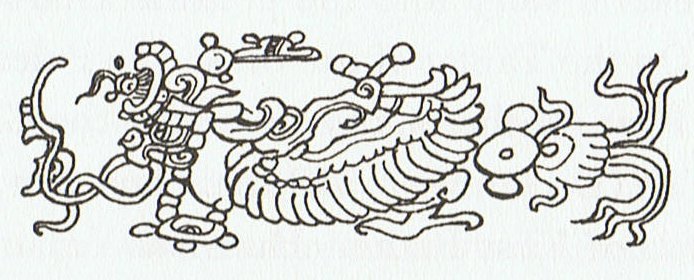
In that story, in the time
before the sky was lifted up to make room for the light, the
vainglorious Seven-Macaw imagined himself to be the sun.
Offended by his pride, the Hero Twins humbled hime by breaking
his beautiful shining tooth with a pellet from their blowgun.
This pot shows One-Ahaw aiming at the bird as he swoops down to
land in his tree. As Itzam-Yeh lands on his perch, the
text tells us he is 'entering or becoming the sky'.
This particular
'sky-entering' is not the one mentioned in the Palenque text. It
is the final event that occurred in the previous creation before
the universe was remade. Before the sky could be raised and the
real sun revealed in all its splendor, the Hero Twins had to put
the false sun, Itzam-Yeh, in his place. If the date on this pot
corresponds to that pre-Creation event, as we believe it does,
then Itzam-Yeh was defeated in 12.18.4.5.0 1 Ahaw 3
K'ank'in (May 28, 3149 B.C.). After the new universe was
finally brought into existence, First Father also entered the
sky by landing in the tree, just as Itzam-Yeh did."
|
"Most of the people
in our van took advantage of the interlude to shop at the nearby
stalls set up by highland Maya who had come down to Tikal to take
advantage of the steady supply of tourists.
However, one of our group,
Harriet Gillett, a retired physician and an inveterate bird-watcher,
had other interests. She noticed a nearby tree hevy with white
blossoms and surrounded by a raucous sphere of birds and bees. She
climbed out of the van with her binoculars around her neck, and
walked over to take advantage of the unexpected opportunity the
morning had provided. Our local guide, Francisco Florián, who knew
the forest and its creatures in an unusually intimate way, joined
her, explaining that the birds came to the tree only early in the
morning. The sounds and the odd sight
finally drew my attention and I too disembarked from the van and
edged closer to the buzzing center of the action.
I stared at the screaming
birds as they fought for positions among the flowers and the
hovering drone of thousands of bees. How beautiful, I thought, and
then my gaze happened to settle on the trunk of the tree. It had
thorns and it bulged just above the ground. It was a young ceiba
tree.
(Wikipedia)
I already knew that the ceiba
tree was the model for the sacred World Tree of the Maya, but I had
never seen one in flower when I knew what I was looking at. I was
really excited because normally you can't see the blossoms even if
you're there when the tree is in blossom. The fully mature trees are
hundreds of feet high. and the blossoms are very small. 'It's a ceiba', I chirped and
began looking for a branch low enough to see one of the blossoms up
close. Joyce Livingstone, a retired teacher, did the logical thing.
She bent over, picked up a fallen branch, and held it out for me to
see. I was too excited and full of myself to listen. She tapped my
arm more insistently and still I didn't hear her. Finally, in
frustration, she grabbed my wrist and raised her voice. 'Will you
look at these?' she said, waving the branch, and finally I did.
What I saw stunned me, for in
her hand lay a perfect replica of the earflares worn by the Classic
Maya kings. Suddenly I understood the full symbolism of so many of
the things I had been studying for years. The kings dressed
themselves as the Wakah-Chan tree, although at the time I
didn't know it was also the Milky Way.
(Wikipedia)
The tzuk [partition]
head on the trunk of the tree covered their loins.
The branches with
their white flowers bent down along their thighs, the double-headed
ecliptic snake rested in their arms, and the great bird Itzam-Yeh
stood on their head. I already knew as I stood
under the young tree in Tikal that the kings were the human
embodiment of the ceiba as the central axis of the world. As I stood
there gazing at the flowers in Joyce's hand, I also learned that the
kings embodied the ceiba at the moment it flowers to yield the sak-nik-nal, the 'white flowers', that are the souls of human
beings. As the trees flowers to reproduce itself, so the kings
flowered to reproduce the world." (Maya Cosmos)
(Wikipedia)
|
The thorns on the trunk of the
ceiba look like breasts with nipples, and I remember statements about the
difficulty in determining the sex of old gods. They were Father/Mothers
according to the Maya, and in Polynesia the moon changed her sex from female
to male.
A footnote in Maya Cosmos:
"William Hans puts
it this way: 'As a man kul ('sits') in his house, a bird 'alights' on
its k'u' 'nest', and a saint resides in a k'u', 'shrine', the
evil k'u 'alights, perches' in the south corner.
This stationary
aspect is what makes it possible for DC (his shaman informant) to locate the
thing on one day and peform a heetz lu'um ceremony only several weeks
later, without fear that it has moved. There is a cultural premise that all
animates, including spirits, occupy stable places from which they
occasionally move ..."
The perennial
stability of the sun, I think, should be used when giving him a name. Maybe
Metoro's kuukuu implies intense stability:
 |
 |
 |
 |
|
Aa1-9 |
Aa1-10 |
Aa1-11 |
Aa1-12 |
| e moa te herehua |
ka hora ka tetea |
ihe
kuukuu ma te maro |
ki te |
And Itzam-Yeh
could not be removed from the ceiba, of course, without taking 'grave'
measures.
In another footnote:
"... while human
babies first emerge facedown, they rotate at the shoulder while they come
out so that by the time they are fully out of the canal, they are in the
faceup position of the Maize God on this pot."
The picture on the
pot:
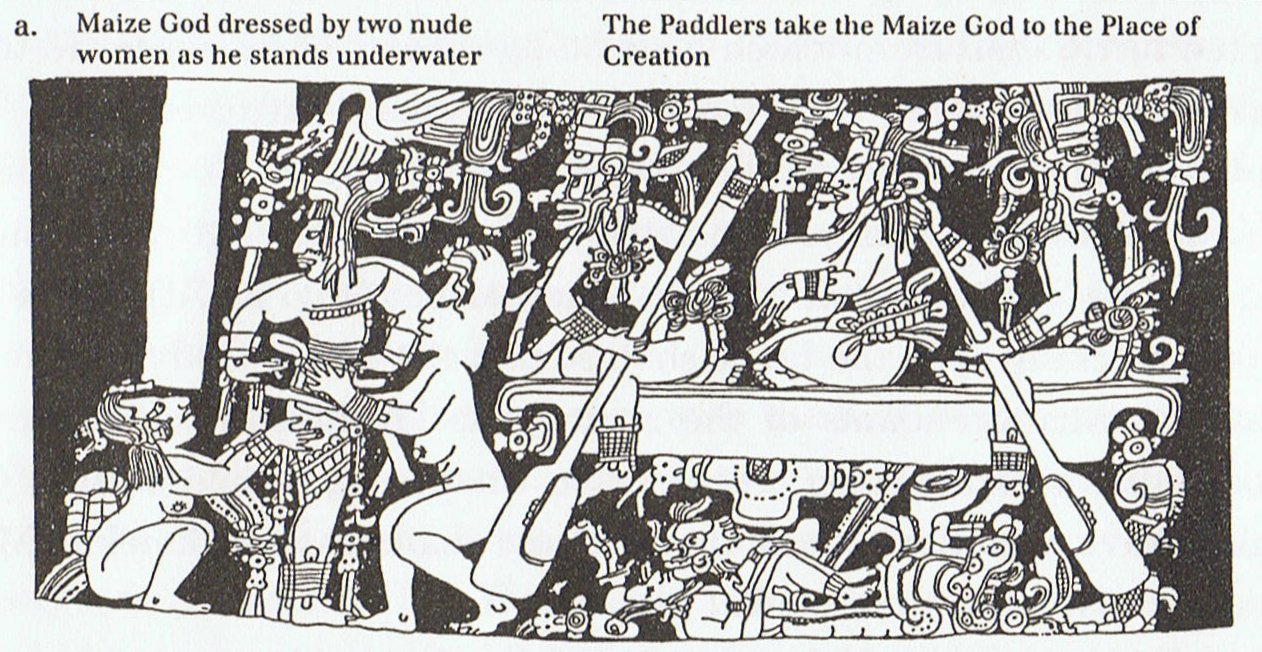
Explanation:
"... One [pot] has
a black background showing that the action occurs in the lightless time
before First Father raised the sky. The narrative scene includes three
episodes from the story. In one, the Jaguar and Stingray Paddlers paddle a
canoe carrying the Maize God to the place of Creation. He carries a seed bag
on his chest so that he can plant the seeds that are the Pleiades when he
raises the Wakah-Chan, or as Enrique Florescano suggested to us, so
that he can use them to form the flesh of human beings after Creation is
done.
Below the canoe,
the reclining figure of the Maize God emerges from the mouth of a Vision
Serpent in a position that mimics exactly the emergence of a child from his
mother's birth canal.
The third episode
shows two young women helping him dress after his successful resurrection.
Here is the rebirth of the Maize God into the Primordial Sea. Both the birth
and the dressing scenes occur underwater."
The turning around of the baby
from face down into face up should be - according to the Polynesian mind - a
reversal of the death, when someone falls on his face.
Several possible leads come from
this, e.g. how in Aa1-9 the face continues forward, though the 'joint' (or
lower body) has changed into reverse orientation:
 |
 |
 |
 |
|
Aa1-9 |
Aa1-10 |
Aa1-11 |
Aa1-12 |
| e moa te herehua |
ka hora ka tetea |
ihe kuukuu ma te maro |
ki te |
Does it mean that the 2nd half
of the year is being born?
Face down and lower body
still upwards (on the other hand) should mean 'death on its way':

|



